
white dwarf

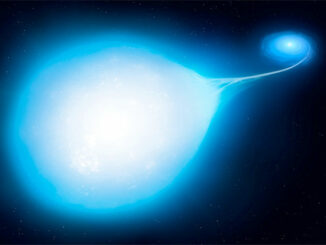
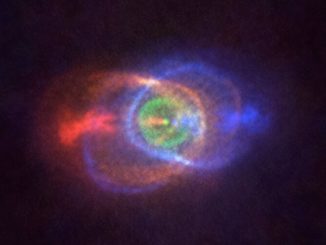


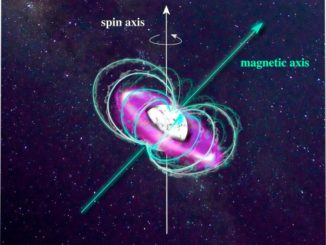
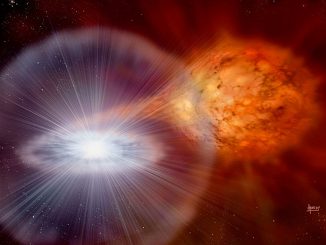
Study confirms that novae are main source of lithium in the universe
Lithium, like the majority of chemical elements, can trace its origins back to astrophysical phenomena, but its point of genesis was unclear. Recently, a group of researchers detected enormous quantities of beryllium-7 — an unstable element which decays into lithium — inside nova V5668 Sgr, which suggests that novae are the main source of lithium in the galaxy.

Hubble views supernova shrapnel
Several thousand years ago, a star some 160,000 light-years away from us exploded, scattering stellar shrapnel across the sky. The aftermath of this Type Ia supernova is shown here in this striking image from the NASA/ESA Hubble Space Telescope. The exploding star was a white dwarf located in the Large Magellanic Cloud, a close neighbouring galaxy.
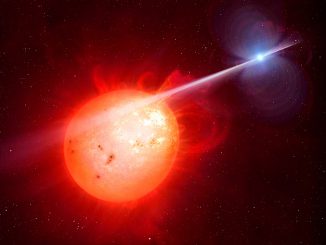
White dwarf lashes red dwarf with mystery ray
Astronomers have discovered a new type of exotic binary star. In the system AR Scorpii a rapidly spinning white dwarf star powers electrons up to almost the speed of light. These high energy particles release blasts of radiation that lash the companion red dwarf star, and cause the entire system to pulse dramatically every 1.97 minutes with radiation ranging from the ultraviolet to radio.

Hubble sees the shredded remains of a supernova
This NASA/ESA Hubble Space Telescope image captures the remnants of a long-dead star. These rippling wisps of ionised gas, named DEM L316A, are the remains of an especially energetic Type Ia supernova located some 160,000 light-years away within one of the Milky Way’s closest galactic neighbours — the Large Magellanic Cloud (LMC).
